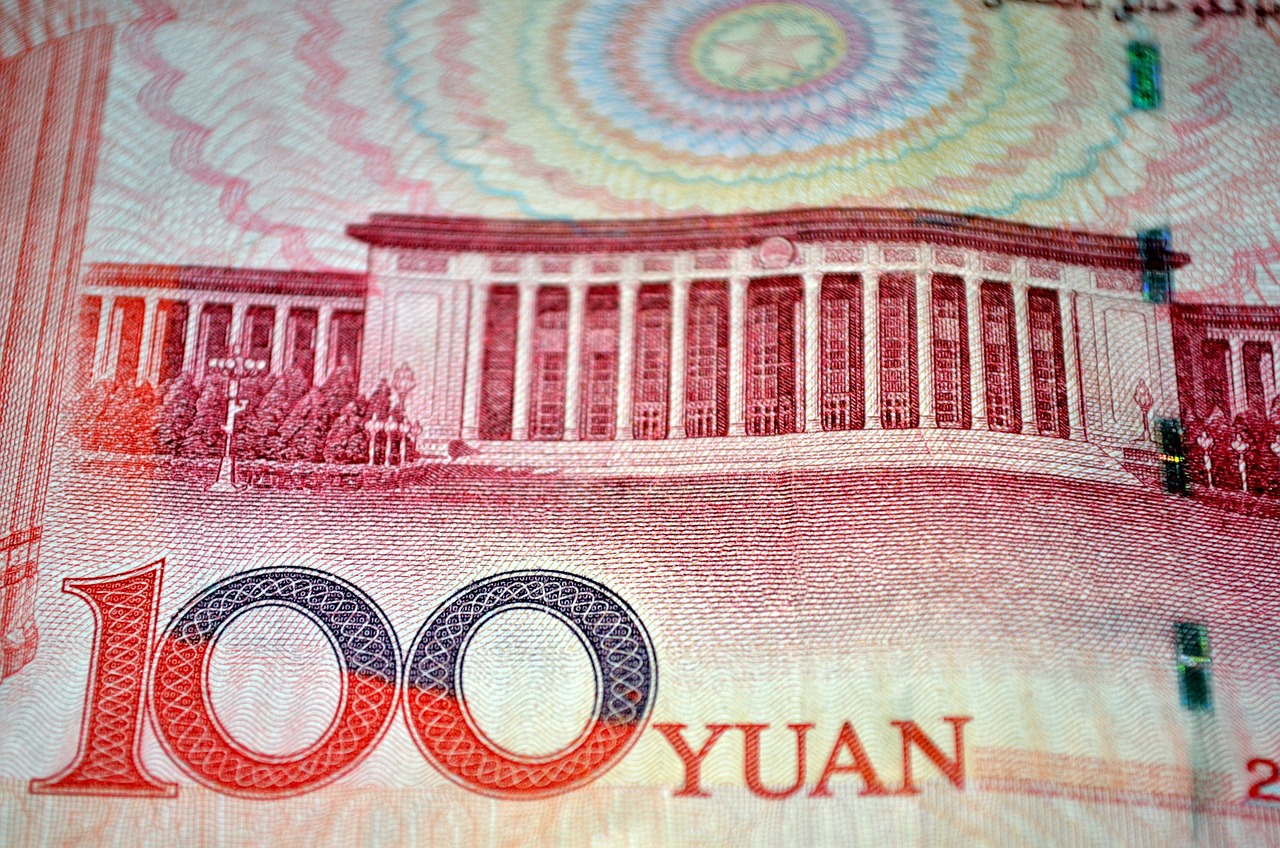The U.S. dollar surged on Monday, sending the Canadian dollar and Mexican peso to multi-year lows, while the Chinese yuan in offshore trading plummeted to a record low after President Donald Trump imposed sweeping tariffs, escalating trade tensions.
The dollar's gains were widespread, with the euro plunging to a two-year low and the Swiss franc, typically a safe haven, weakening to its lowest since May. Canada and Mexico, the top two U.S. trading partners, swiftly vowed retaliation, while China announced plans to challenge the tariffs at the WTO.
Market analyst Tony Sycamore noted the unexpected retaliatory measures by Canada and Mexico, with potential responses from China and the EU adding to concerns of a sharp contraction in global trade. The implementation of U.S. tariffs on February 4, earlier than expected, intensified market uncertainty.
As promised, the U.S. levied 25% duties on Canadian and Mexican imports and a 10% tariff on Chinese goods, citing economic security concerns. The move shook investor confidence, with Bank of Singapore's chief economist Mansoor Mohi-uddin warning of potential long-term economic consequences.
The U.S. dollar climbed 0.7% to 7.2552 yuan offshore, earlier touching a record high of 7.3765. It rose 2.7% to 21.40 pesos, a high not seen since 2022, and 1.4% to C$1.4755, its strongest level since 2003. The euro fell 2.3% to $1.0125 before recovering slightly.
The Federal Reserve’s expected rate cuts were also reevaluated, with traders reducing projections by 6 basis points. Bitcoin fell 4.4% to $97,622, while Ether plunged 15% to $2,812.
With markets bracing for further trade disruptions, analysts warn of stagflation risks, characterized by weak growth and rising inflation.



 Fed Near Neutral Signals Caution Ahead, Shifting Focus to Fixed Income in 2026
Fed Near Neutral Signals Caution Ahead, Shifting Focus to Fixed Income in 2026  New Zealand Budget Outlook Shows Prolonged Deficits Despite Economic Recovery Hopes
New Zealand Budget Outlook Shows Prolonged Deficits Despite Economic Recovery Hopes  Japan Business Sentiment Hits Four-Year High, Boosting Expectations of BOJ Rate Hike
Japan Business Sentiment Hits Four-Year High, Boosting Expectations of BOJ Rate Hike  Fed Rate Cut Signals Balance Between Inflation and Jobs, Says Mary Daly
Fed Rate Cut Signals Balance Between Inflation and Jobs, Says Mary Daly  Korea Zinc to Build $7.4 Billion Critical Minerals Refinery in Tennessee With U.S. Government Backing
Korea Zinc to Build $7.4 Billion Critical Minerals Refinery in Tennessee With U.S. Government Backing  Wall Street Futures Slip as Tech Stocks Struggle Ahead of Key US Economic Data
Wall Street Futures Slip as Tech Stocks Struggle Ahead of Key US Economic Data  Dollar Struggles as Markets Eye Key Central Bank Decisions and Global Rate Outlooks
Dollar Struggles as Markets Eye Key Central Bank Decisions and Global Rate Outlooks  China’s Small Bank Consolidation Struggles as Profits Fall and Risks Persist
China’s Small Bank Consolidation Struggles as Profits Fall and Risks Persist  Oil Prices Rebound as U.S.-Venezuela Tensions Offset Oversupply Concerns
Oil Prices Rebound as U.S.-Venezuela Tensions Offset Oversupply Concerns  China’s November Economic Data Signals Slowing Industrial Output and Weak Consumer Demand
China’s November Economic Data Signals Slowing Industrial Output and Weak Consumer Demand  Australian Consumer Sentiment Slumps in Early December as Inflation Fears Resurface
Australian Consumer Sentiment Slumps in Early December as Inflation Fears Resurface  S&P 500 Slides as AI Chip Stocks Tumble, Cooling Tech Rally
S&P 500 Slides as AI Chip Stocks Tumble, Cooling Tech Rally  Asian Currencies Trade Sideways as Dollar Weakens Ahead of Key U.S. Data
Asian Currencies Trade Sideways as Dollar Weakens Ahead of Key U.S. Data  Bank of Japan Poised for Historic Rate Hike as Inflation Pressures Persist
Bank of Japan Poised for Historic Rate Hike as Inflation Pressures Persist  Asian Stocks Slide as Central Bank Decisions and Key Data Keep Investors Cautious
Asian Stocks Slide as Central Bank Decisions and Key Data Keep Investors Cautious  Gold Prices Slip Slightly in Asia as Silver Nears Record Highs on Dovish Fed Outlook
Gold Prices Slip Slightly in Asia as Silver Nears Record Highs on Dovish Fed Outlook 































